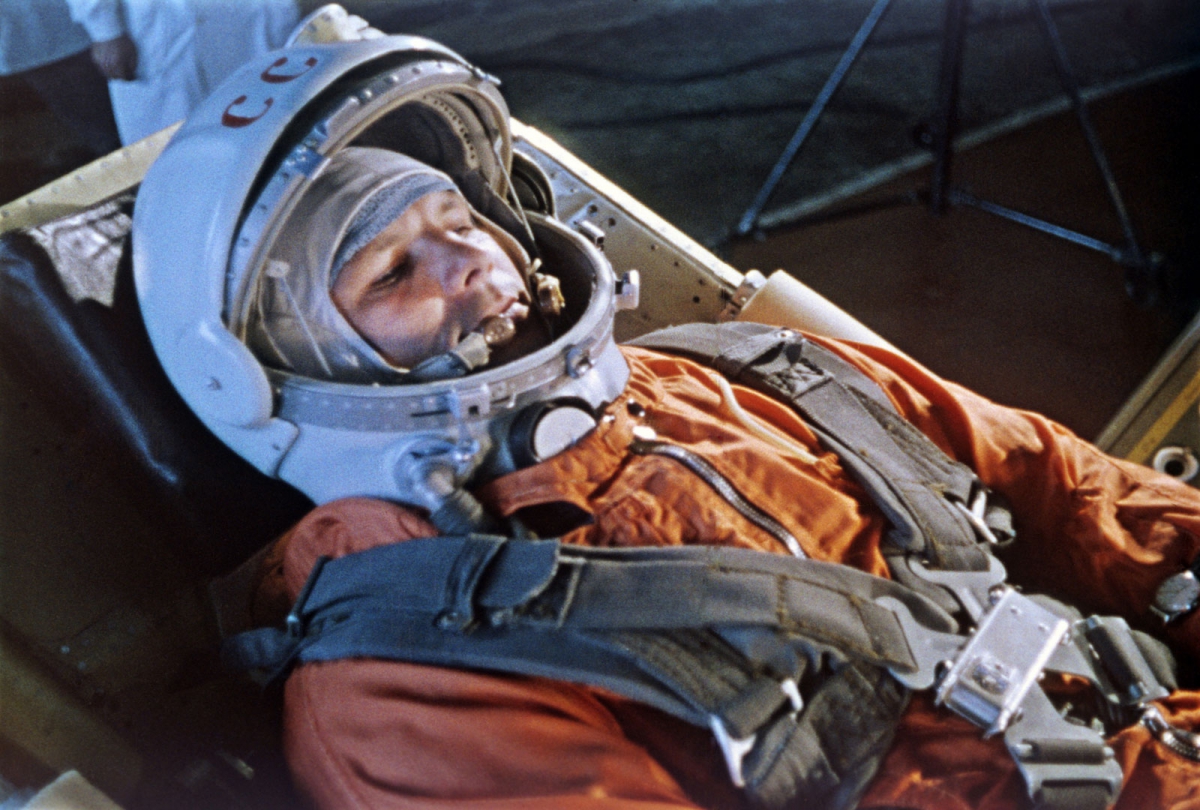
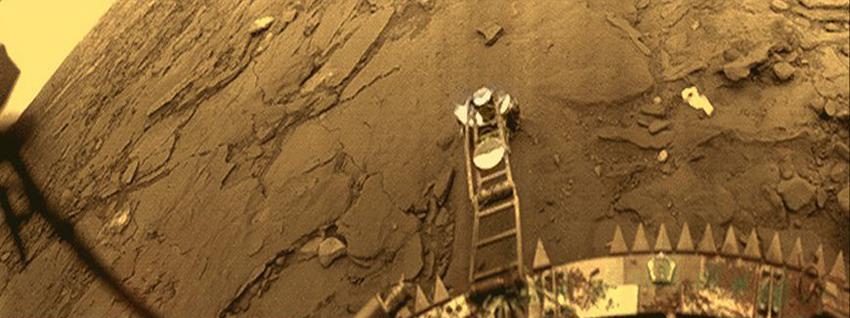


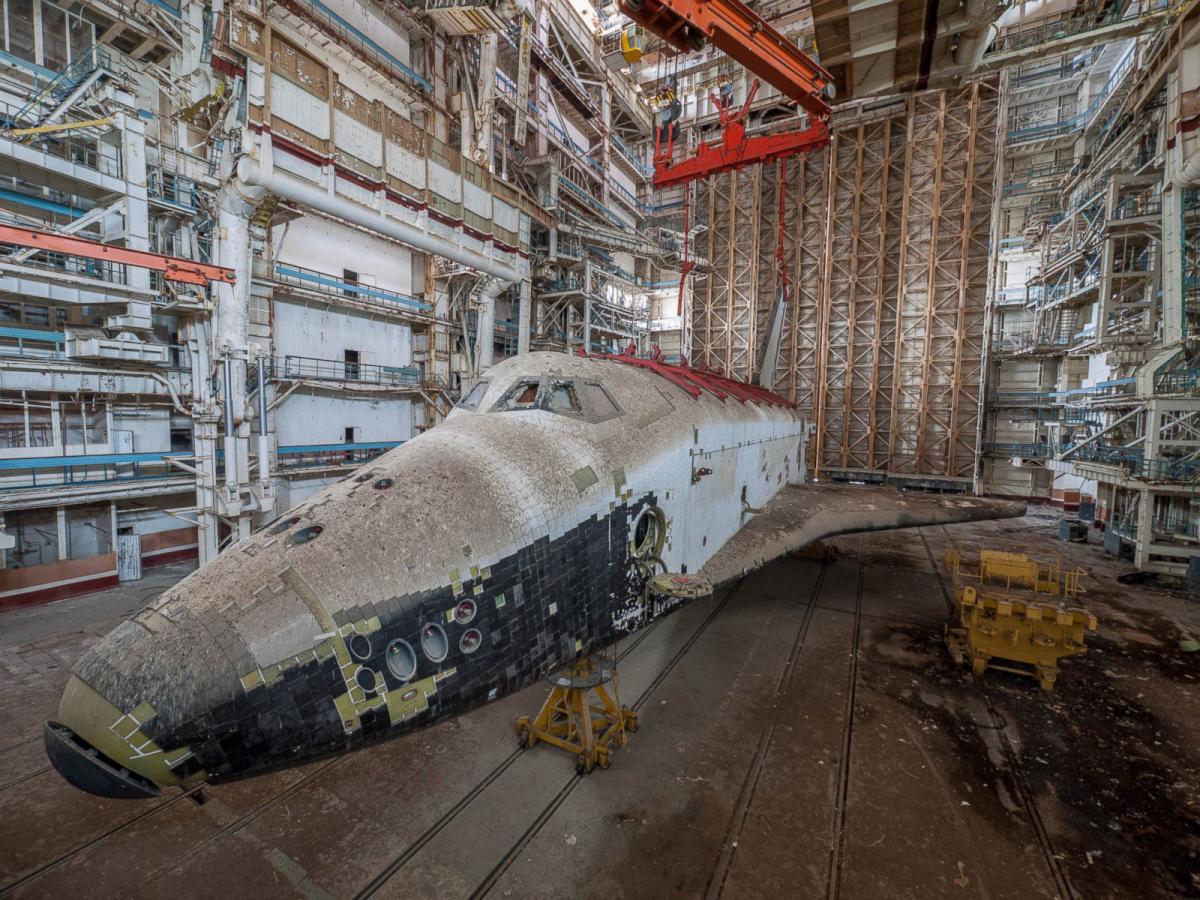
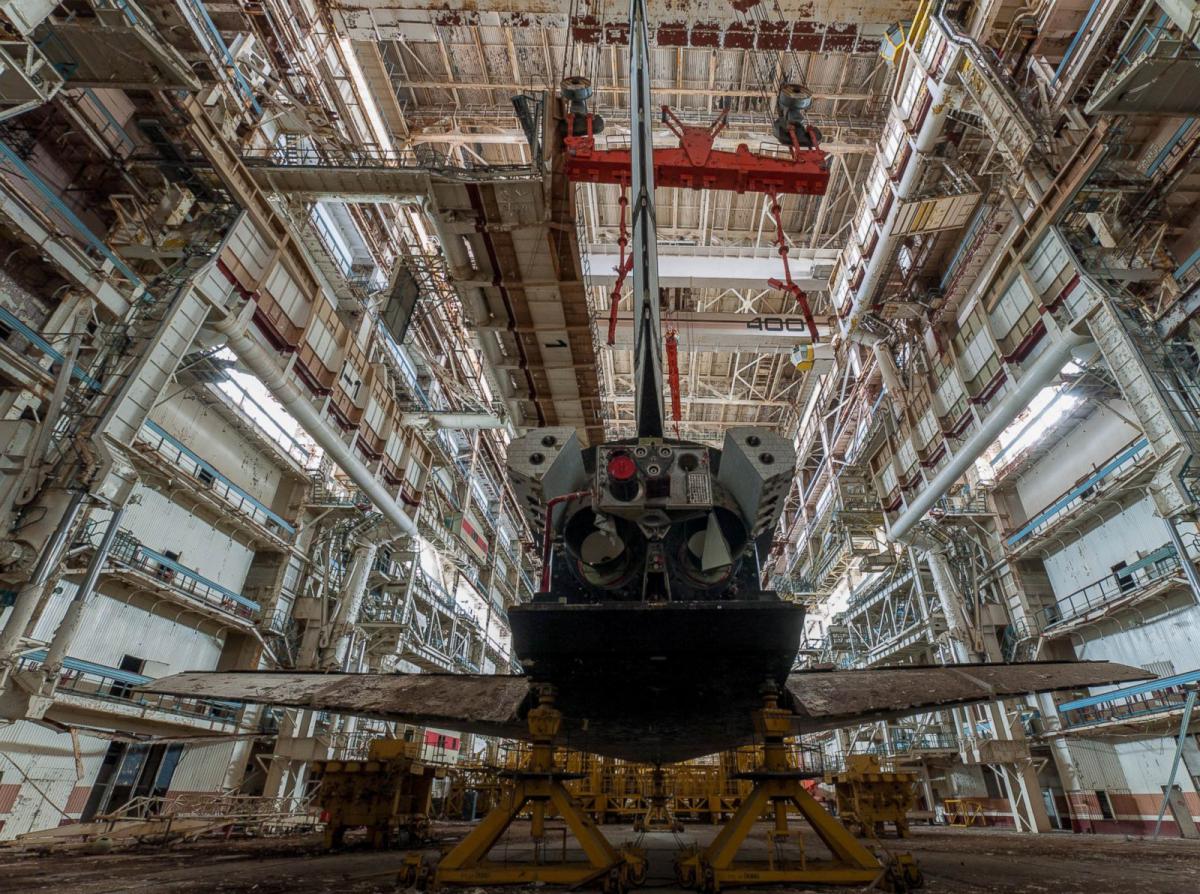
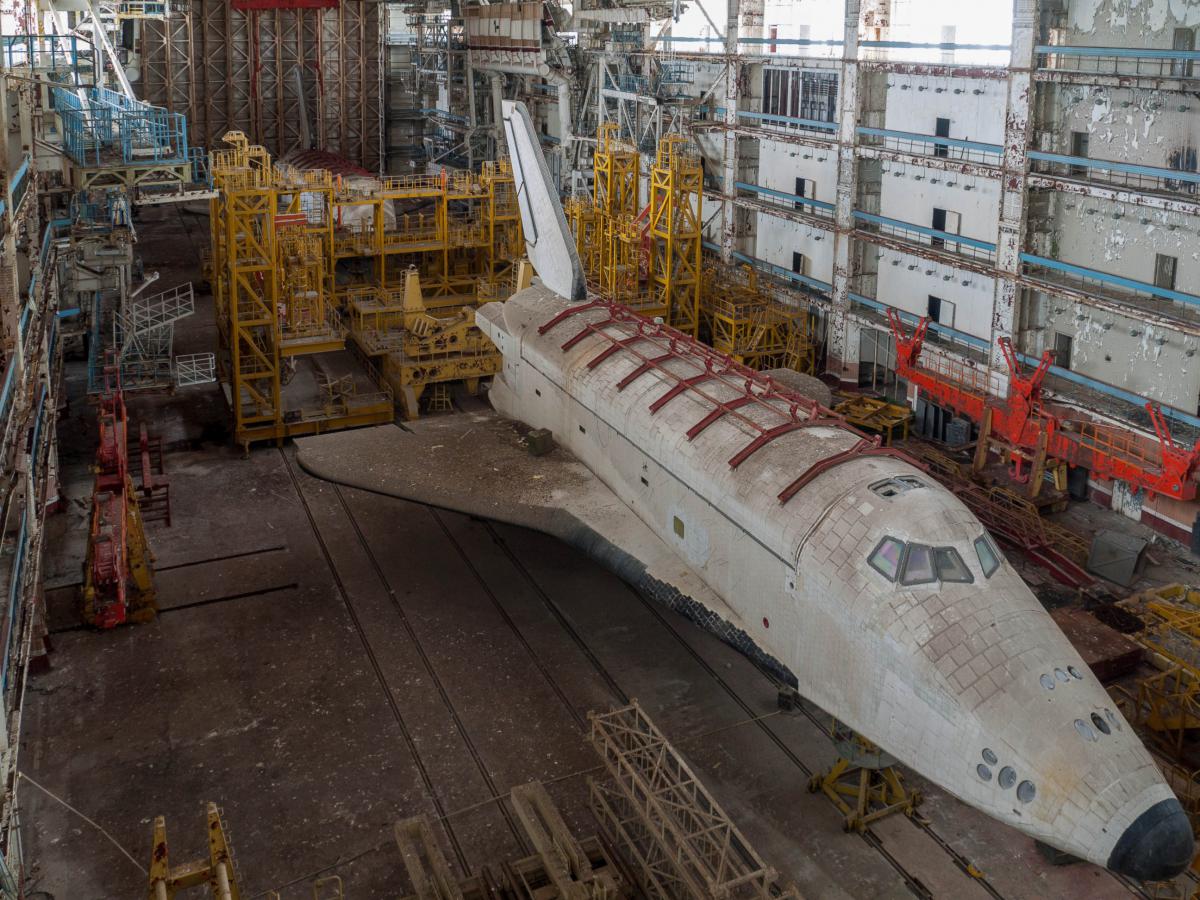
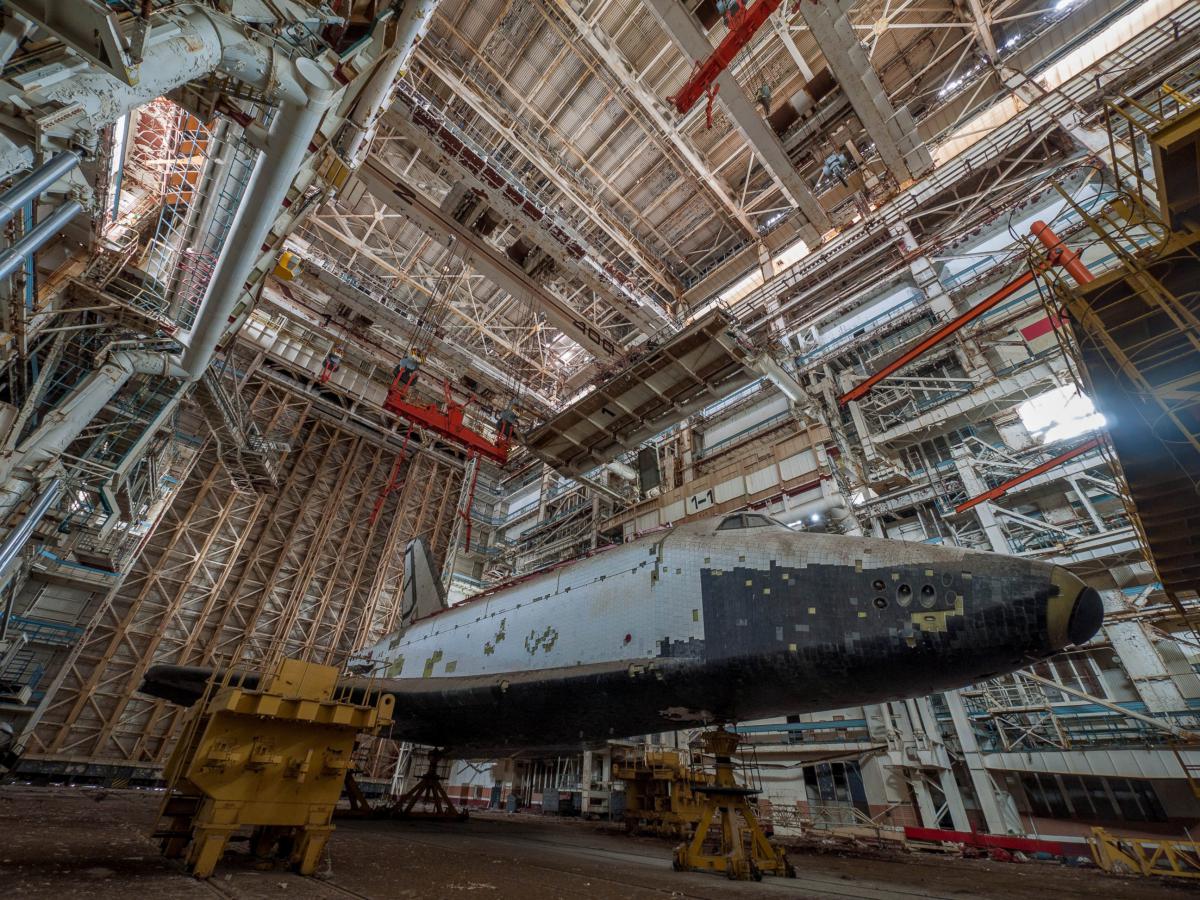
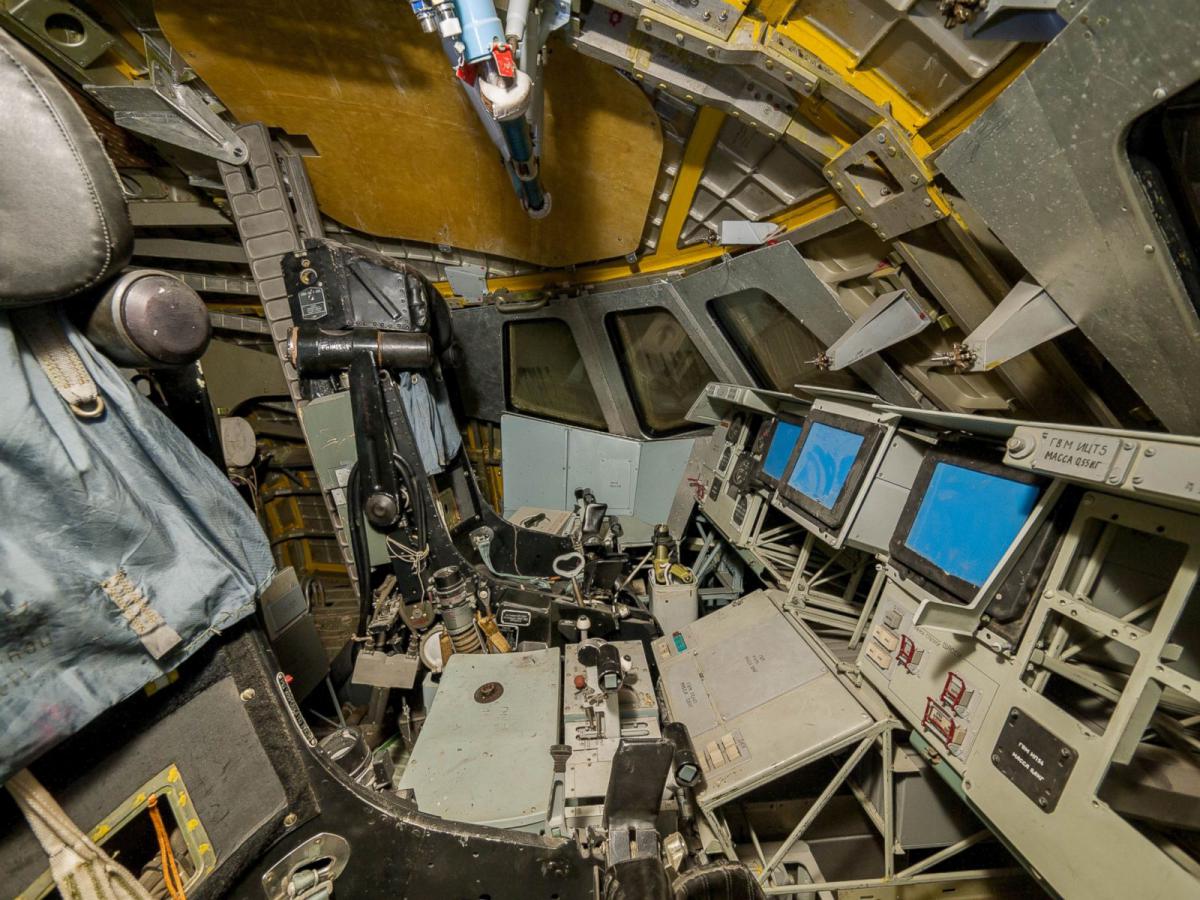
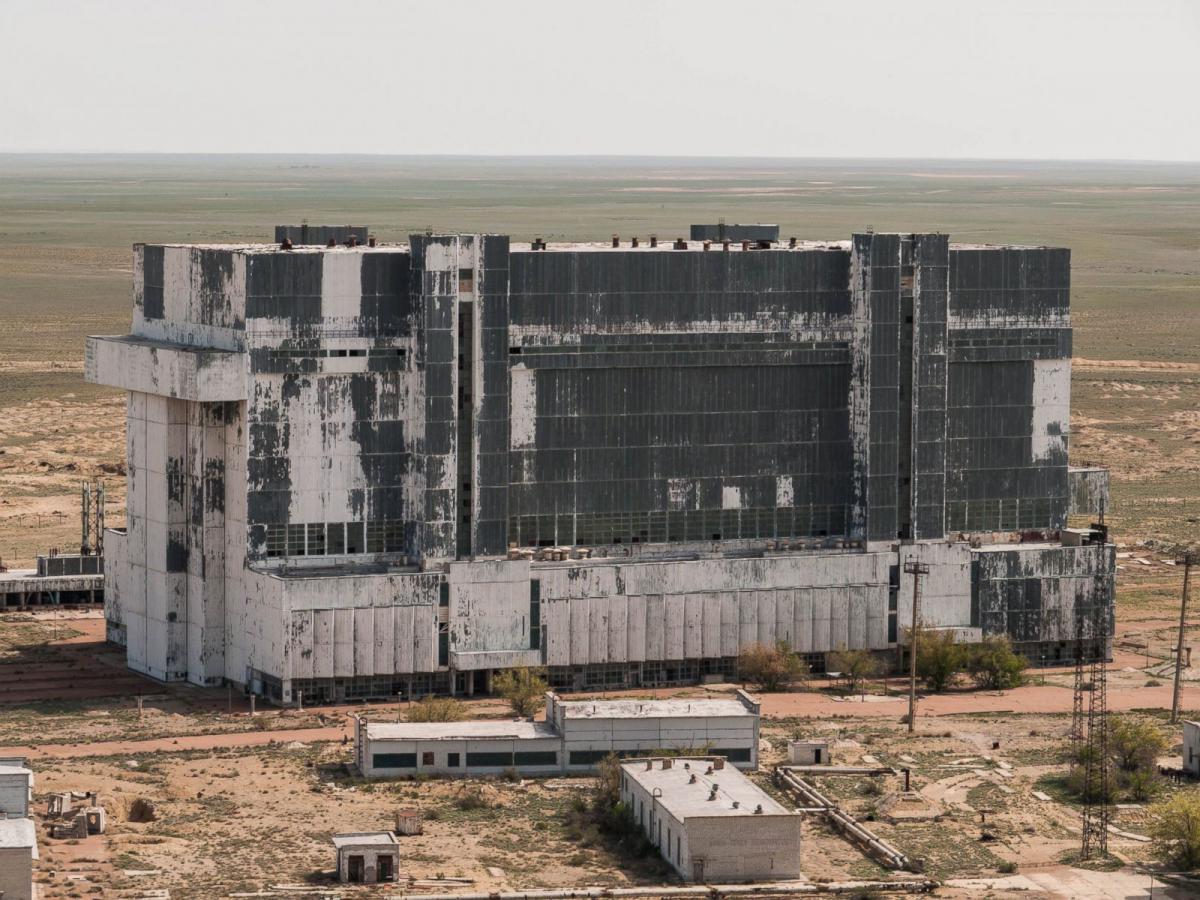
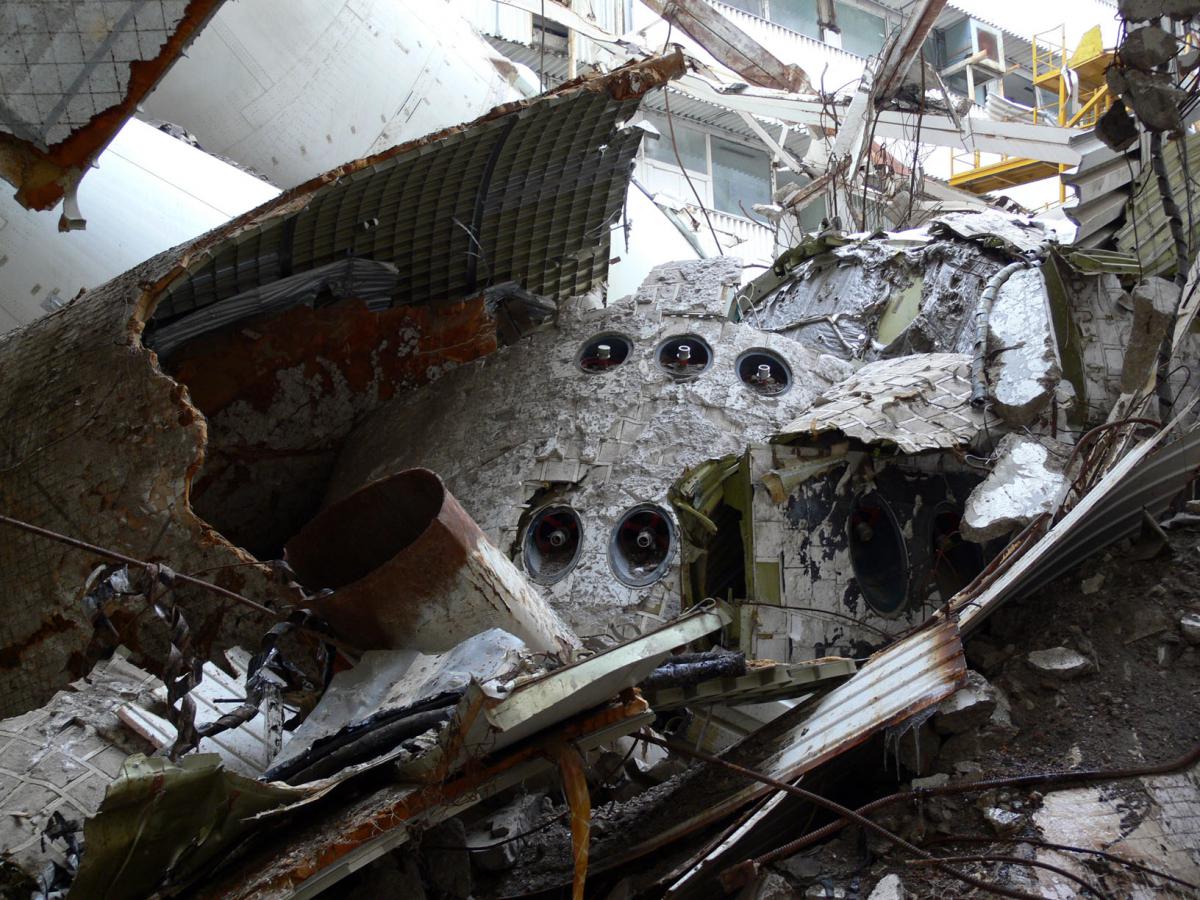
1930—1991
The Soviet space program comprised the rocketry and space exploration programs conducted by the former Soviet Union (USSR) from the 1930s until its dissolution in 1991.
Over its sixty-year history, this primarily classified military program was responsible for a number of pioneering accomplishments in space flight.
1957—1961
The R-7 was a Soviet missile developed during the Cold War, and the world's first intercontinental ballistic missile.
The R-7 made 28 launches between 1957 and 1961, but was never deployed operationally.
In modified form, it launched Sputnik 1, the first artificial satellite, into orbit, and became the basis for the R7 family which includes Sputnik, Luna, Molniya, Vostok, and Voskhod space launchers, as well as later Soyuz variants.
1957
Sputnik 1 was the first artificial Earth satellite.
The Soviet Union launched it into an elliptical low Earth orbit on 4 October 1957.
It was visible all around the Earth and its radio pulses were detectable.
1957
The first spacecraft to carry a living animal (the dog Laika), launched 3 November 1957.
1961—1963
The Vostok programme was a Soviet human spaceflight project
to put the first Soviet citizens into low Earth orbit
and return them safely.
Part of Vostok-1 spacecraft control panel
1963
Vostok 6 was the first human spaceflight mission to carry a woman, cosmonaut Valentina Tereshkova, into space.
1964—1966
The Voskhod programme was the second Soviet human spaceflight project.
Voskhod 1 was the first spaceflight to carry more than one person into space, the first flight without space suits, the first to carry a scientist and a physician into space, and also set an altitude record of 336 km (209 mi). The Soviet mission was specifically planned to beat the U.S. Gemini program to this milestone.
1965
Alexei Leonov, on history’s first space walk, outside Voskhod 2.
1959—1976
The Luna programme was a series of robotic spacecraft missions sent to the Moon by the Soviet Union between 1959 and 1976.
Fifteen were successful, each designed as either an orbiter or lander, and accomplished many firsts in space exploration.
1959
It was the first spacecraft to reach the surface of the Moon, and the first man-made object to land on another celestial body.
On September 14, 1959, it successfully impacted east of Mare Imbrium near the craters Aristides.
1970
In 1970 the Soviet Union launched its Luna 17 spacecraft aboard a Proton K/D rocket. A week later, two days after it had reached lunar orbit, Luna 17 landed on the Sea of Rains, where it released Lunokhod 1, the first rover to roam the surface of an extraterrestrial body.
1963—today
The Soyuz programme was the third Soviet human spaceflight programme after the Vostok and Voskhod programme.
The programme consists of the Soyuz spacecraft and the Soyuz rocket and is now the responsibility of the Russian Federal Space Agency.
Since the retirement of the Space Shuttle in 2011, all human spaceflights to and from the International Space Station have been carried out using Soyuz.
1960—1973
The Mars program was a series of spacecraft
launched by the Soviet Union between 1960 and 1973.
The spacecraft were intended to explore Mars,
and included flyby probes, landers and orbiters.
1971
Mars 2 and Mars 3 missions consisted of identical spacecraft, each with an orbiter and an attached lander, which became the first spacecraft to reach the surface of Mars.
1961—1984
The Venera series space probes were developed
by the Soviet Union between 1961 and 1984
to gather data from Venus.
1970
First data received from the surface of another planet of the Solar system.
1982 - First color pictures from Venus
1976 - 1988
Energia was a Soviet rocket that was designed to serve as a heavy-lift expendable launch system as well as a booster for the Buran spacecraft.
The rocket had the capacity to place about 100 tonnes in Low Earth orbit, up to 20 tonnes to geostationary orbit and up to 32 tonnes to a translunar trajectory.
1980—1993
The construction of the Buran-class space shuttle orbiters began in 1980, and by 1984 the first full-scale orbiter was rolled out. Construction of a second orbiter (OK-1K2, informally known as "Ptichka") started in 1988.
The Buran program was officially canceled in 1993.
The Buran orbital vehicle programme was developed in response to the U.S. Space Shuttle programme, which in the 1980s raised considerable concerns among the Soviet military and especially Defense Minister Dmitriy Ustinov.
Abandoned Baikonur Cosmodrome
(photos by Ralph Mirebs)
1971—1986
The Salyut programme was the first space station programme undertaken by the Soviet Union.
Salyut was, on the one hand, designed to carry out long-term research into the problems of living in space and a variety of astronomical, biological and Earth-resources experiments, and on the other hand this civilian program was used as a cover for the highly secretive military Almaz stations, which flew under the Salyut designation.
Salyut 1, the first station in the program, became the world's first crewed space station.
1986—2001
Mir was a space station that operated in low Earth orbit from 1986 to 2001.
Mir was the first modular space station and was assembled in orbit from 1986 to 1996.
It had a greater mass than any previous spacecraft.